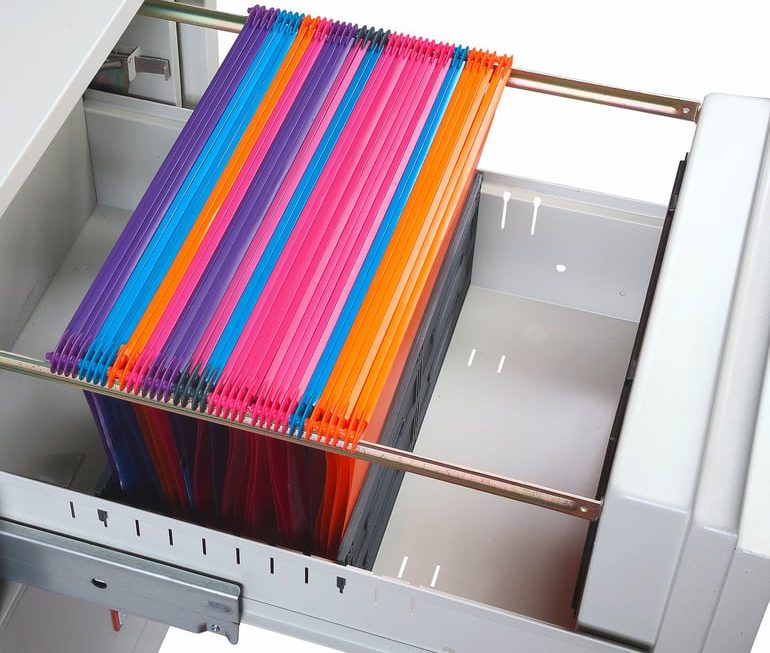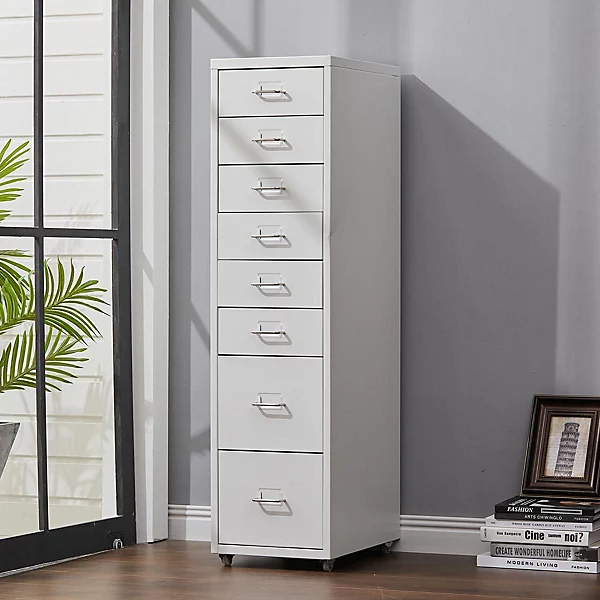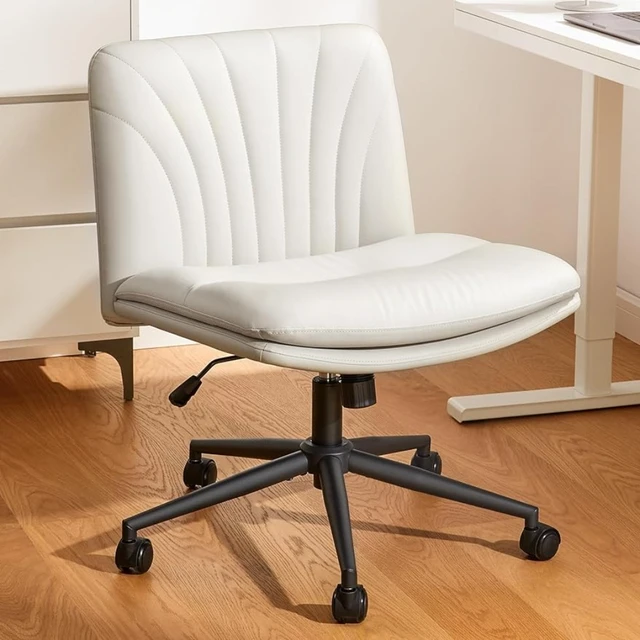 Introduction:
Introduction:
A squeaky office chair can be an annoying distraction in a work environment, disrupting focus and productivity. The squeaking sound can also be embarrassing if it occurs during important meetings or presentations. Understanding the causes behind a squeaky office chair and implementing effective solutions is crucial for a peaceful and comfortable workspace. In this comprehensive guide, we will explore various causes of a squeaky office chair and provide practical solutions to help you eliminate those irritating noises. By following these simple tips, you can restore the quiet and serenity of your office space.
 Here are some common types:
Here are some common types:
There are several types of office chairs available on the market to suit different preferences and needs. Here are some common types:
Task Chair:
Task chairs are commonly used in office settings and provide basic ergonomic support. They typically have a swivel base, adjustable height, and may include features such as adjustable armrests and lumbar support.
Executive Chair:
Executive chairs are typically larger and more luxurious than task chairs. They often have high backs, plush padding, and additional features such as adjustable headrests, built-in massagers, and premium materials.
Ergonomic Chair:
These chairs are designed to prioritize comfort and support for prolonged sitting. They often have adjustable features like seat depth, lumbar support, armrest height, and tilt mechanisms to promote optimal posture and reduce the risk of musculoskeletal issues.
Mesh Chair:
Mesh chairs have a backrest made of breathable mesh material, allowing for increased airflow and ventilation. They are popular for their lightweight design and ability to conform to the user’s body shape.
Conference Chair:
Conference chairs are used in meeting rooms or conference areas. They often have a classic, minimalist design with basic features like adjustable height and swivel base.
Guest Chair:
Guest chairs are designed to provide comfortable seating for visitors and guests. These chairs are usually smaller and may have a simpler design compared to office chairs for daily use.
It is worth noting that some chairs may blend features from multiple types, and customization options may be available for specific preferences. When selecting an office chair, consider your specific needs, preferences, and the level of adjustability required for optimal comfort and support.
Identifying the Causes
Loose Joints and Screws:
Loose joints and screws are a common cause of a squeaky office chair, particularly around the base, backrest, and armrests.
Over time, the constant movement and weight shifts transfer stress to these areas, resulting in loose connections.
Worn or Damaged Wheels:
The wheels of an office chair can wear down or become damaged, causing squeaking as they rotate against their bearings or the chair base.
This is more likely to occur on chairs that are heavily used or subjected to rough surfaces.
Dry or Deteriorated Upholstery:
The upholstery of an office chair can become dry or deteriorated over time, leading to squeaking sounds when the material rubs against itself or other components of the chair.
This is especially common with leather or faux leather upholstery.
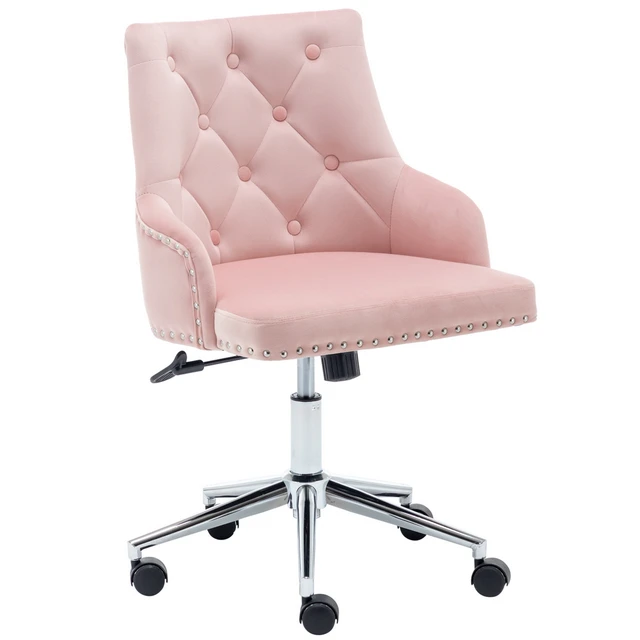 Solutions and Fixes
Solutions and Fixes
Tightening Joints and Screws:
Inspect the chair carefully and tighten any loose joints or screws using the appropriate tools.
Pay particular attention to the connections between the seat, backrest, armrests, and the chair base.
Lubricating Moving Parts:
Apply a lubricant such as silicone spray, WD-40, or petroleum jelly to the moving parts of the chair, including the joints, screws, and wheels.
Be cautious not to oversaturate the chair with the lubricant, as excess can attract dust and dirt.
Replacing Worn or Damaged Wheels:
If the wheels are the source of the squeaking, consider replacing them with new ones that are compatible with your chair.
Choose high-quality wheels suitable for your office environment, such as those designed for hardwood or carpeted floors.
Conditioning and Moisturizing Upholstery:
Use leather conditioners or upholstery moisturizers to nourish and restore the condition of the chair’s upholstery.
Follow the product instructions carefully and apply a small amount to a clean cloth before gently rubbing it into the fabric.
Regular Maintenance and Prevention
Regular Cleaning:
Regularly clean your office chair, paying attention to the wheels, joints, and areas prone to accumulating dust and debris.
Removing dirt and particles can help prevent wear and tear on the chair components.
Weight Limit and Usage Guidelines:
Ensure that the chair is being used within its weight limit and that it is not subjected to excessive force or misuse.
Following the manufacturer’s weight limit guidelines can prevent premature wear and stress on the chair’s components.
Avoiding Rough Surfaces:
When possible, avoid rolling the chair over rough or uneven surfaces that can cause excessive friction and wear on the wheels.
Opt for chair pads or mats to protect the wheels and provide a smoother surface for movement.
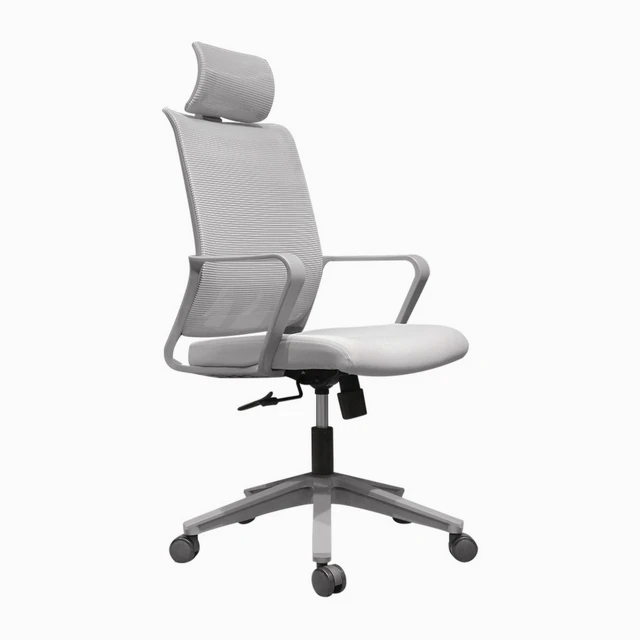 To make your office chair more comfortable, here are a few tips:
To make your office chair more comfortable, here are a few tips:
Adjust the Chair Height: Ensure that the chair height is set correctly so that your feet are flat on the floor or on a footrest. Your knees should be at a 90-degree angle when sitting.
Use Lumbar Support:
If your chair doesn’t have built-in lumbar support, consider using a lumbar pillow or cushion to support the natural curve of your lower back. This helps maintain proper posture and reduces strain on your back.
Adjust the Seat Depth and Angle:
Many office chairs allow you to adjust the seat depth and angle. Ensure that the seat is not too deep or too shallow, providing proper support to your thighs. Also, adjust the tilt angle to find a comfortable position.
Armrest Height and Position:
Adjust the armrest height so that your arms are relaxed and your shoulders are not elevated. The armrests should support your forearms without causing any strain on your shoulders.
Use a Cushion or Seat Pad:
If you find your chair’s seat cushion uncomfortable, you can add a cushion or seat pad for extra comfort. Choose one that provides appropriate support and cushioning for your body.
Take Regular Breaks and Stretch:
Sitting for extended periods can lead to discomfort and tension. Take short breaks every hour to stretch and move around. This helps relieve muscle strain and improves circulation.
Use Proper Lighting:
Ensure that the area around your desk is well-lit to reduce eye strain. Use task lighting if needed, and adjust the brightness and position of your computer screen to prevent glare.
Maintain Good Posture:
Sit up straight with your back against the chair and avoid slumping or leaning forward. Keep your shoulders relaxed and aligned with your hips.
Consider Adding Ergonomic Accessories:
Depending on your needs, you can enhance your chair’s comfort with additional ergonomic accessories such as a footrest, ergonomic keyboard and mouse, or a monitor arm for optimal viewing position.
Remember, everyone’s comfort preferences may differ, so adjust your chair settings according to your own needs and comfort level. Regularly assess your chair’s condition and make any necessary repairs or replacements to ensure continued comfort and support.
 Conclusion:
Conclusion:
A squeaky office chair can be a source of frustration and distractions in the workplace. By identifying the causes and implementing effective solutions outlined in this comprehensive guide, you can restore peace and tranquility to your office environment. Tightening loose joints and screws, lubricating moving parts, replacing worn wheels, and conditioning the upholstery can eliminate those annoying squeaking sounds. Regular maintenance, such as cleaning and following usage guidelines, can help prevent future squeaks and extend the lifespan of your office chair. Embrace the tips and techniques provided in this guide, and enjoy a quiet and comfortable work environment that promotes focus and productivity.

